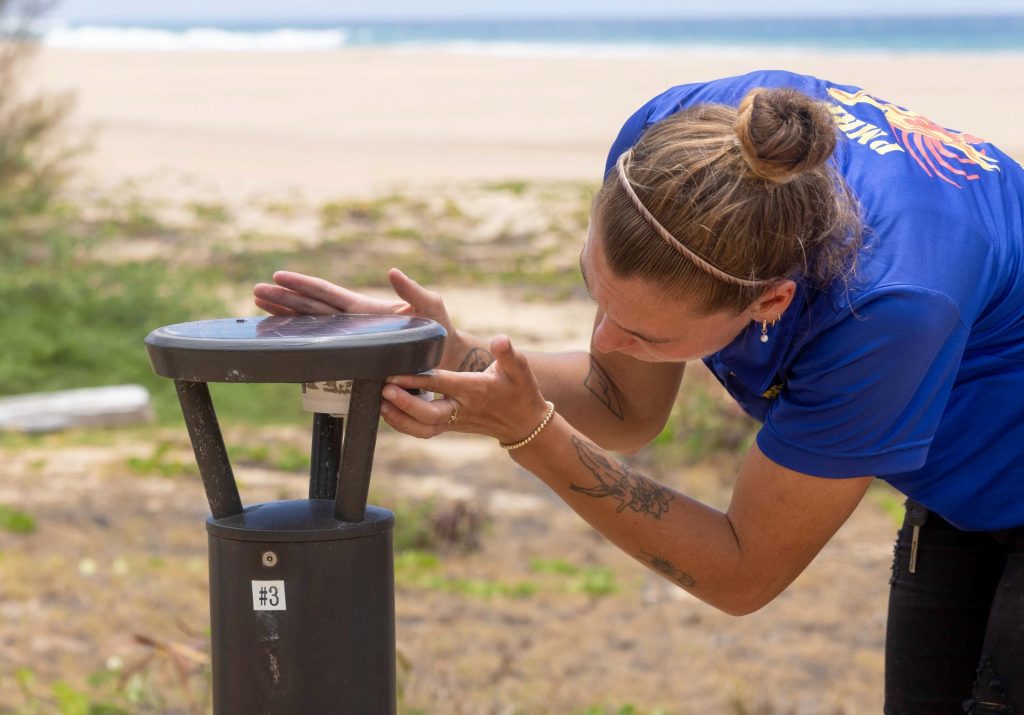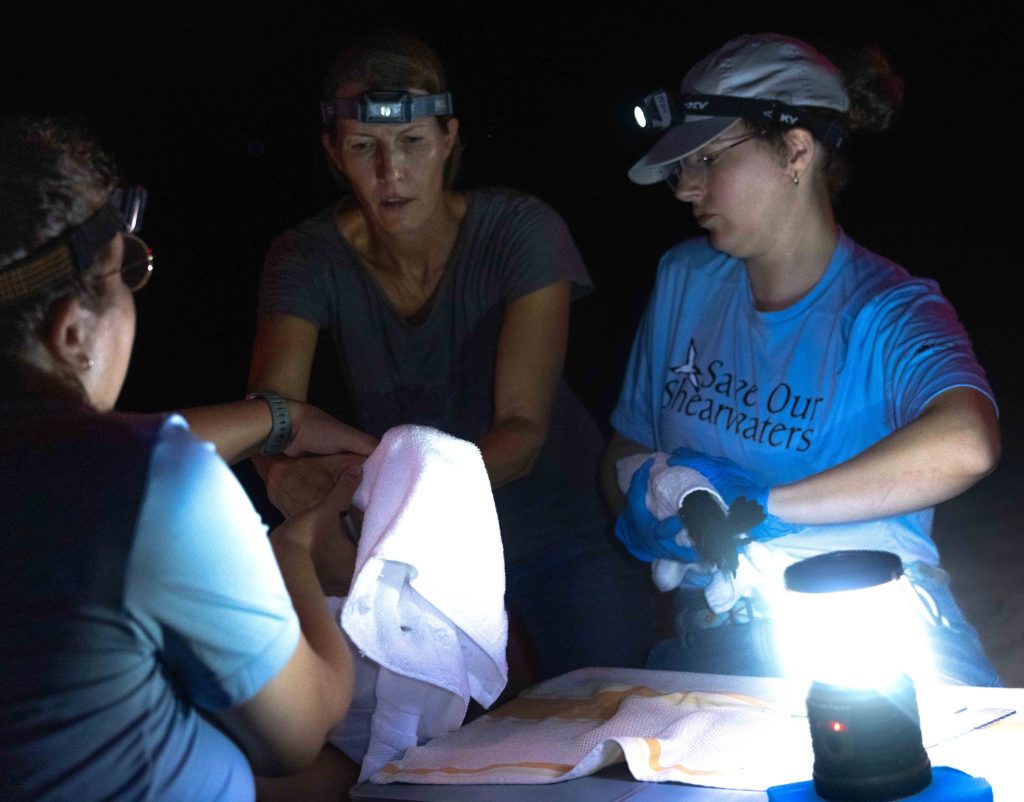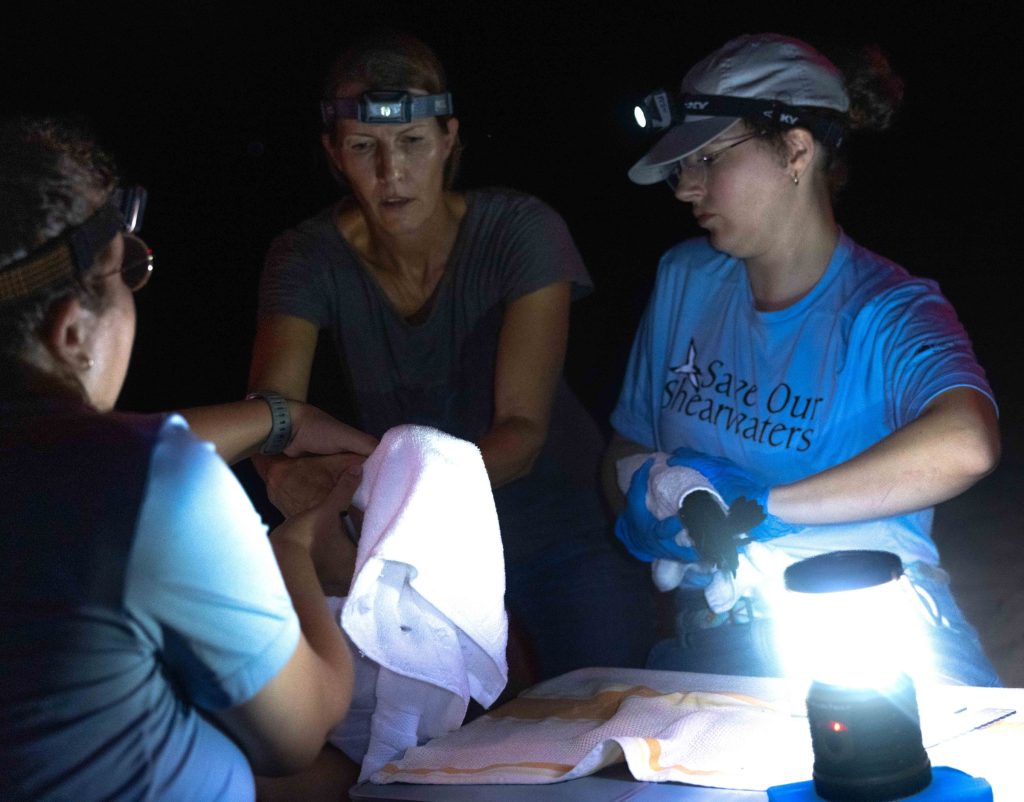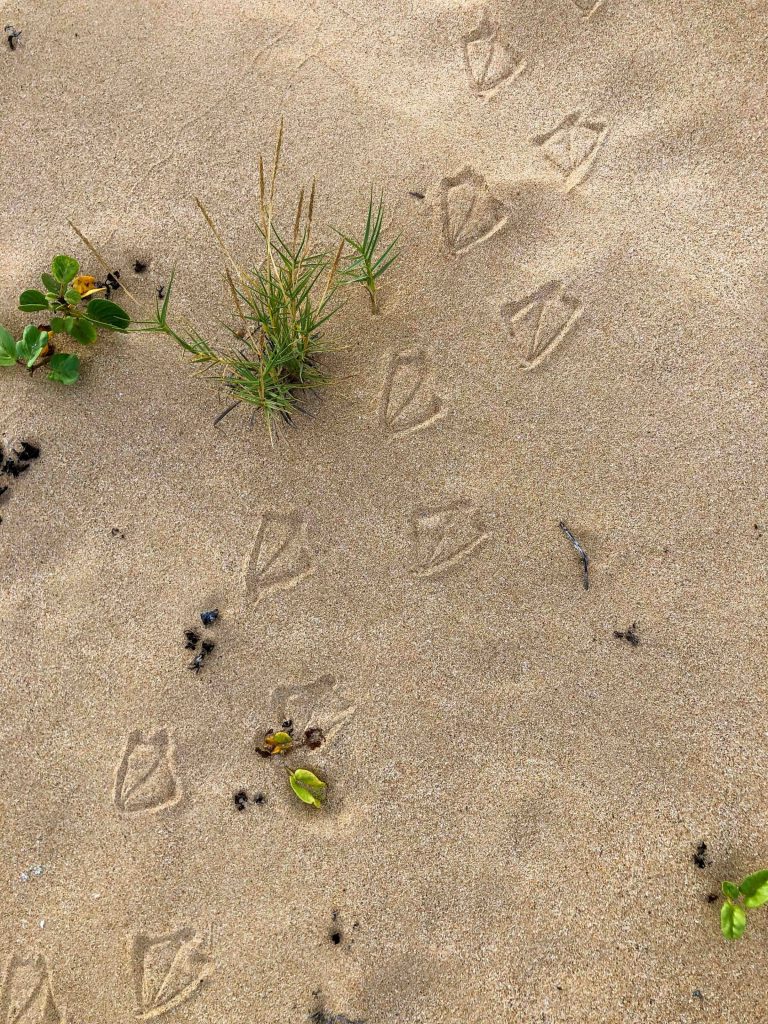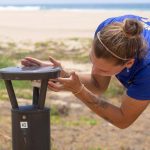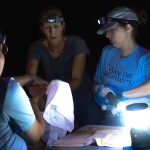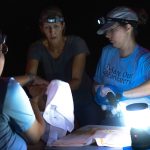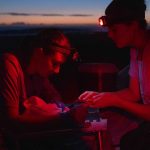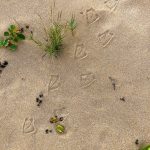Dark Skies fall upon Pacific Missile Range Facility with mission to protect fledgling ʻaʻo, ʻuaʻu
Annual fledging of ʻaʻo, or Newell’s shearwaters, and ʻuaʻu, or Hawaiian petrels, on Kauaʻi, is underway and runs through Dec. 15 — a critical period for two of Hawai‘i’s most threatened seabirds.
Dark Skies were ushered in as a response last month at Pacific Missile Range Facility in eastern Kauaʻi.
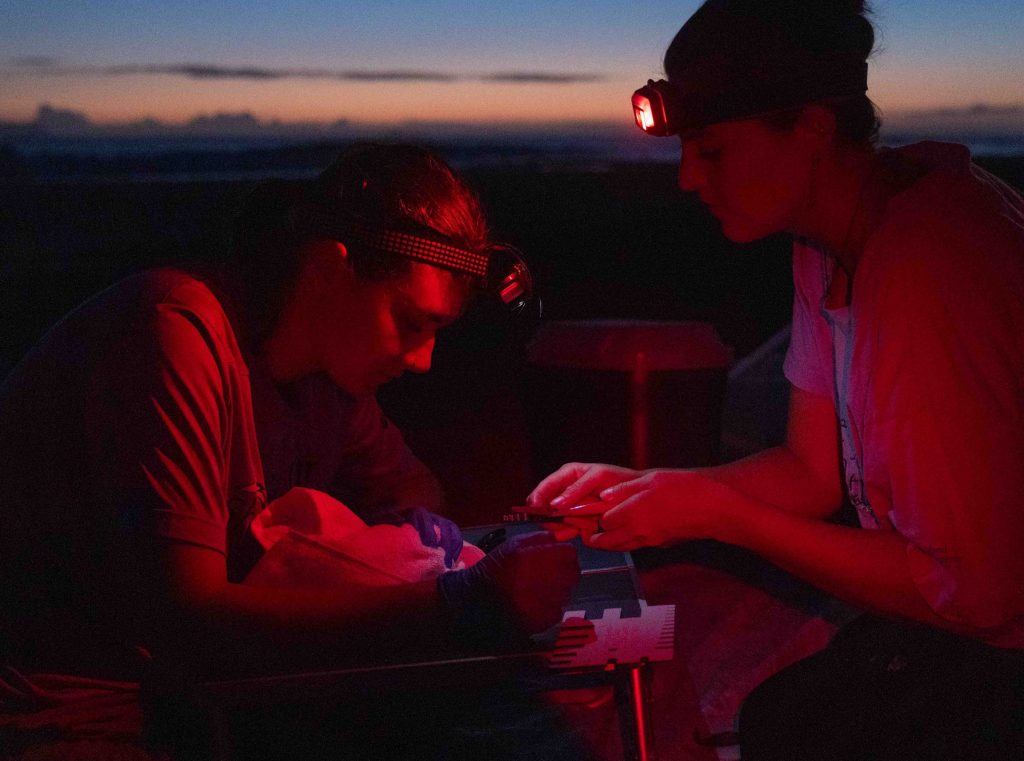
It sounds ominous, but the U.S. Navy facility’s bird banding and protection program for both bird species only alludes to when fledglings leave their mountain burrows for the first time and make their way to the ocean.
Because the moon and stars are their natural guides, the young avians can unfortunately become disoriented by bright artificial lights, putting them at risk of injury — or worse, death.
Pacific Missile Range Facility’s Dark Skies — developed in partnership with federal, Hawai‘i state and Kaua‘i community organizations — plays a vital role in protecting the birds by reducing light pollution and ensuring safer passage for fledglings.
Bird banding also allows researchers to monitor migratory paths, assess impacts of climate and gather data for conservation efforts.
The base hosted its annual bird banding training Sept. 9 this year as it kicked off preparations for fledgling season, which began Sept. 15.
The number seabirds felled at the Navy base each year has decreased significantly since Dark Skies was instituted.
“The Dark Skies program demonstrates how environmental stewardship and mission readiness can work hand-in-hand,” said Pacific Missile Range Facility Commanding Officer Capt. Robert Prince. “Our ability to manage lighting at [Pacific Missile Range Facility] not only protects endangered seabirds, but it also supports the program’s research efforts and data gathering throughout the season.”
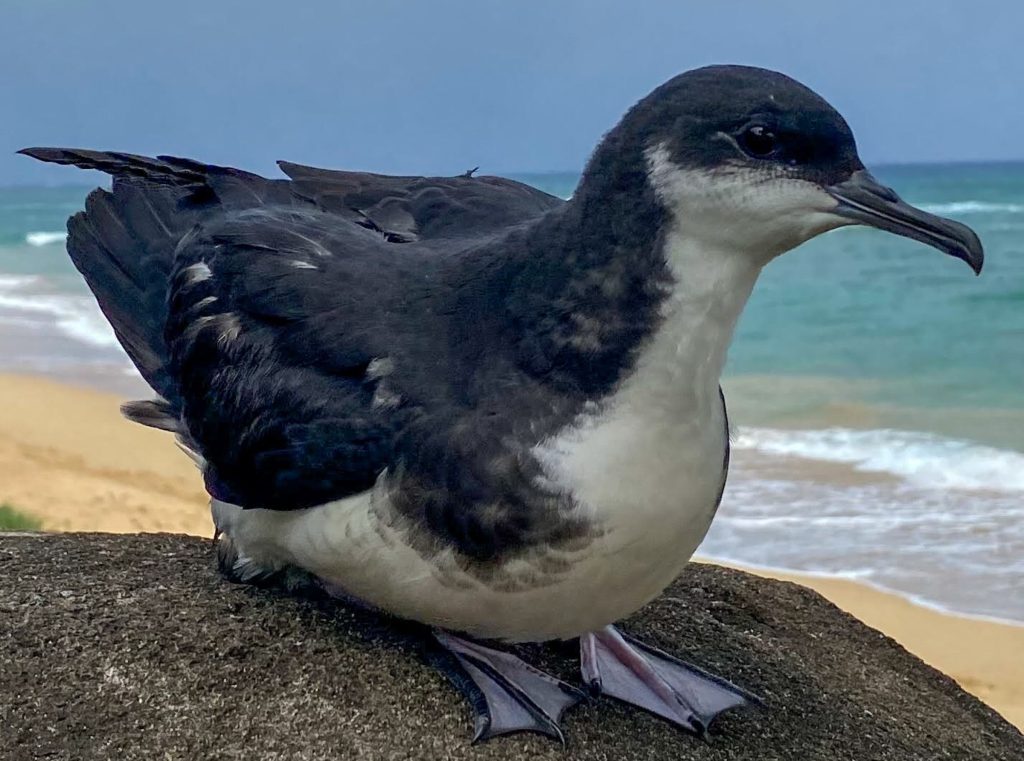
Dark Skies has contributed extensively to the recovery and survival of fledgling shearwaters and other native seabirds, while saving potentially hundreds of fledglings that otherwise could have died from the impacts of artificial light pollution.
Measures include shielded lighting, reduced nonessential lights during peak fledging season and community outreach to raise awareness about light pollution.
These efforts resulted in expanded awareness among Kaua‘i residents and businesses about responsible lighting practices and strengthened partnerships with environmental organizations and agencies committed to seabird recovery.
Members of base leadership overseeing Dark Skies remain central to its success. Their work ensures Kaua‘i continues to be a place where seabirds thrive alongside vital defense operations.
Residents and businesses are reminded — as fledging season continues — to do their part by dimming or shielding lights at night and reporting any downed seabirds to the Shearwater Hotline at 808-635-5117.
The downed bird also can be taken to the nearest aid station.
“Protecting Hawai‘i’s native species is a shared responsibility,” Prince said. “Through this program, we can continue to make a positive difference in our conservation efforts for future generations.”



